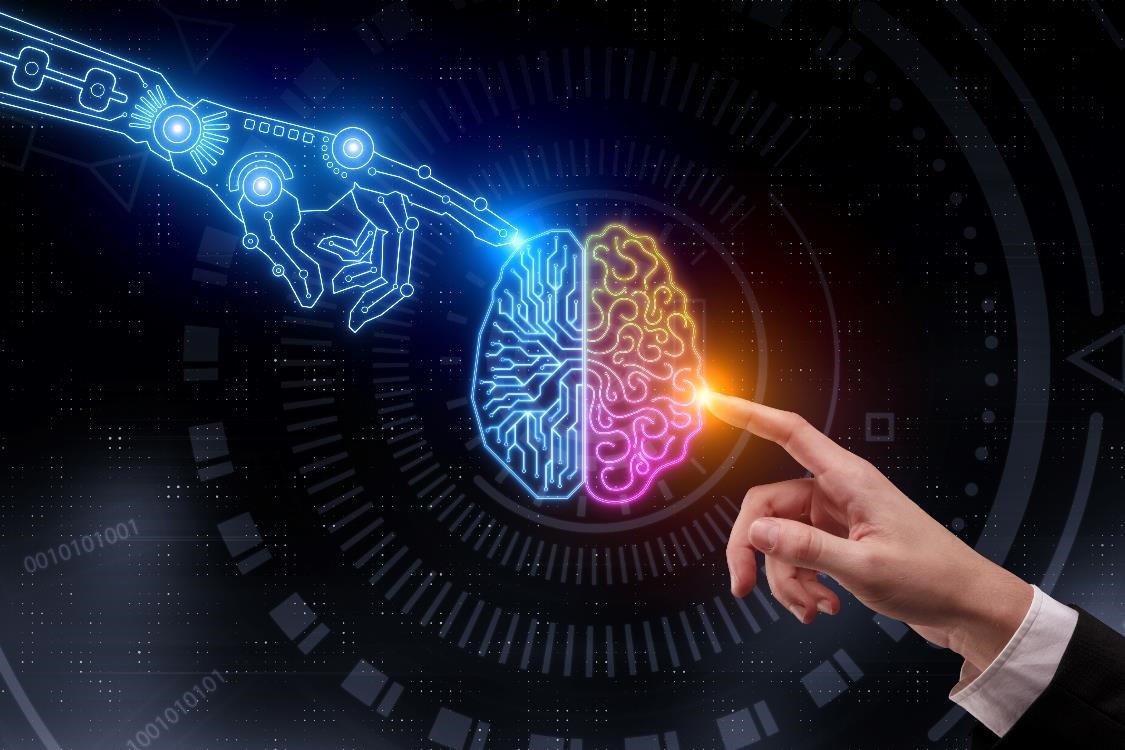Blogs / Gauging the Risk Associated with AI
Gauging the Risk Associated with AI
rjain / August 23, 2023

As humanity continues to evolve, the advancement of technology is becoming increasingly more rapid and far-reaching. Artificial Intelligence (AI) has become a revolutionary new technology with the potential to revolutionize our lives and make us more efficient across multiple areas such as healthcare, manufacturing, transportation, and even security and safety. Despite its potential, AI’s all-encompassing reach for progress and development can also come with a set of risk and dangers that put our safety at risk. As we consider how to best manage the development and implementation of AI, the important question of if AI is safe becomes increasingly relevant.
AI is a very multifaceted technology capable of intricate thought processes and complex actions that mirrors and sometimes exceeds the capabilities of the human brain. It is a type of technology that can learn from its experiences and continues to learn and develop as it interacts with other systems. AI challenges us to explore its capabilities and limitations, particularly when those limitations pose potential risks to our safety.
In considering the safety and security of AI, it is important to understand the steps taken by developers to maintain control and vigilance to ensure safety. Most AI developers take proactive practices and measures to ensure safety and privacy, including writing codes and protocols to reduce the risks of an AI-related accident or hack. To this extent, AI is constantly being subjected to testing and error attempts to make sure it is as safe and secure as it can be.
Finally, it is also important to understand the way in which AI interacts with humans in order to mitigate any danger or risk. AI has proven to be an effective tool for automation, but humans still ultimately need to be in charge, which is why humans are still in control of decision-making. In addition, AI can also provide a sense of security for humans, since it can provide insight into recognizing patterns and potential threats or dangers that the human eye might not have seen.
Ultimately, answering the question of if AI is safe comes down to understanding the capabilities and limitations of AI, as well as the context in which it is being used, along with the practices and protocols that AI developers have established to protect the safety of humans.
The threat of AI poses serious risks to the future. As artificial intelligence grows and develops, the chances of it affecting the human race in unexpected and irreversible ways increases. As the technology becomes more powerful, it will replace many of the jobs that have been traditionally held by humans. It is being suggested that the way to counteract this is through adequate regulation and policy to manage the growth of AI in ways that benefit humanity as a whole.
Therefore, it is vital for world leaders to take the necessary steps to assess the threats of artificial intelligence and act accordingly. At the same time, we need to ensure that the human element remains the primary focus of the technology's development, that we all benefit from the opportunities it offers, and that it does not undermine our collective future. It's also important that we safeguard our privacy and data from any of the potential harms that could be caused by AI.